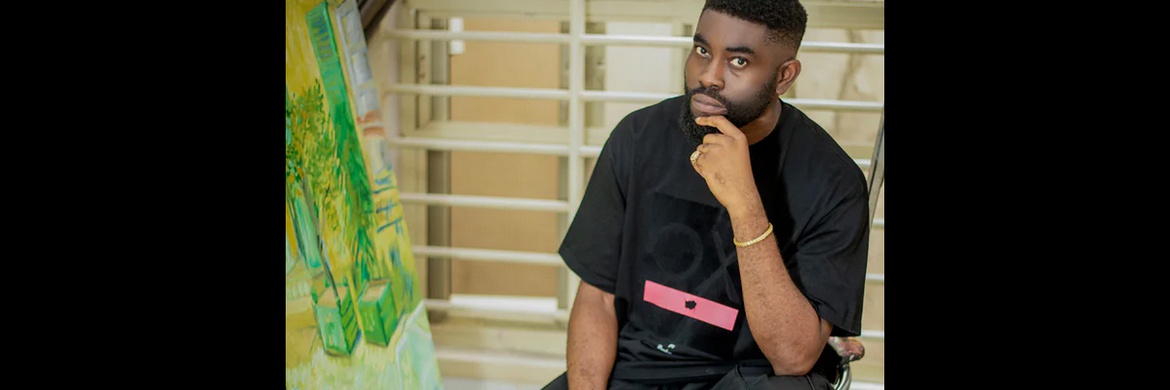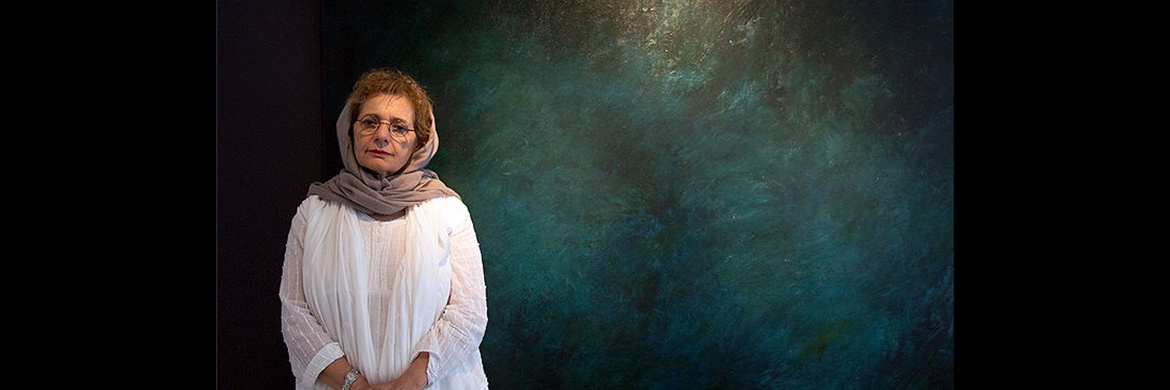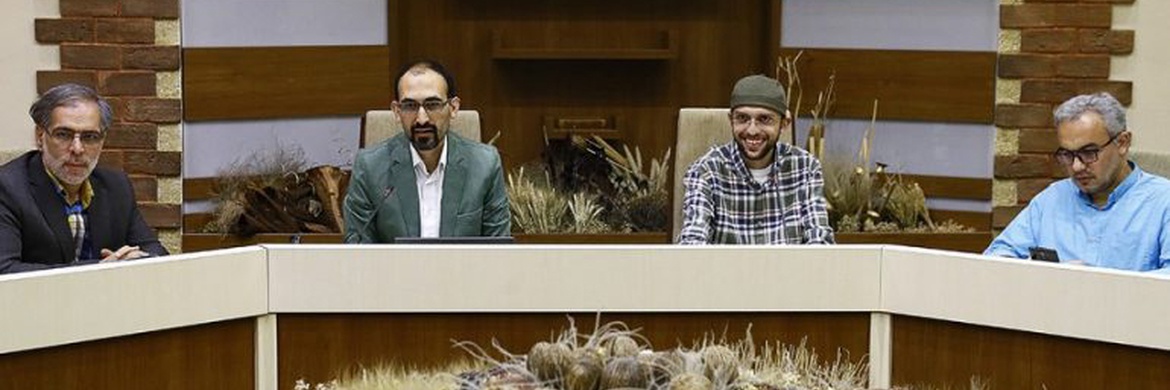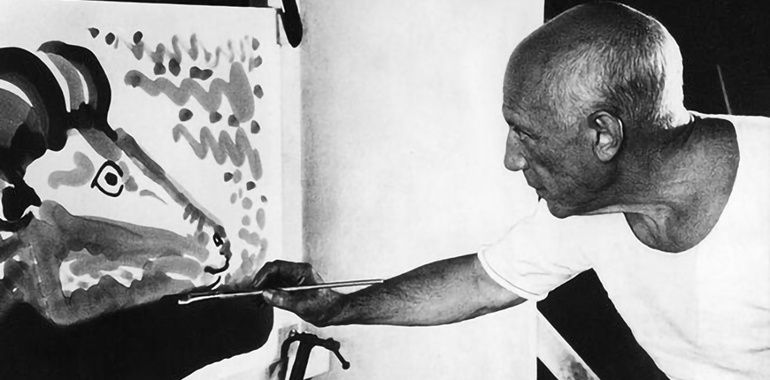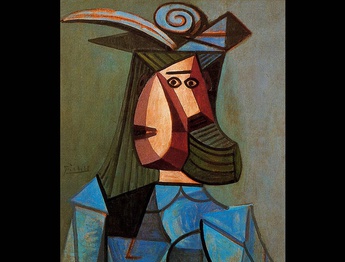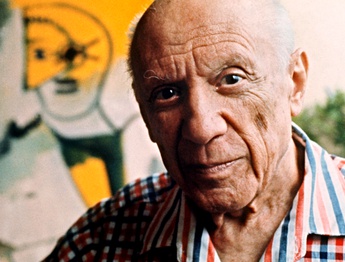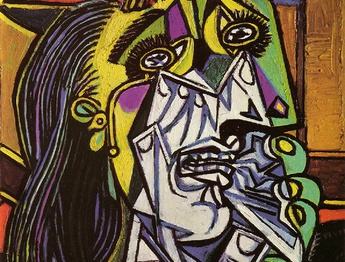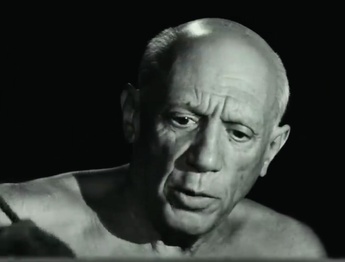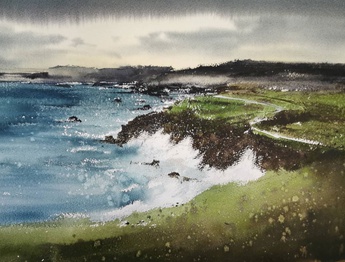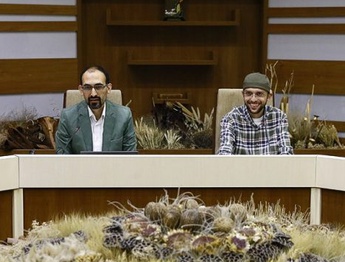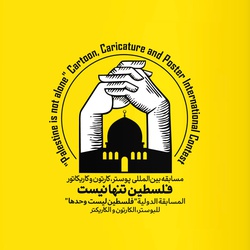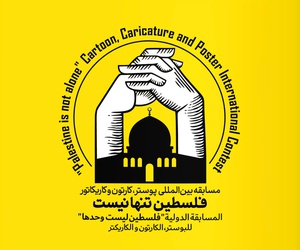The third of Aban coincides with October 25; World Artist's Day coincided with the birthday of one of the famous Spanish artists, painters, poets, stage designers, sculptors, engravers and ceramicists, and one of the most influential artists of the 20th century. Picasso with Georges Braque; The French painter and sculptor is the creator of the Cubism style, whose most famous works are the paintings of the Maidens of Avignon and Guernica. Picasso, who spent most of his life in France, is considered one of the most important artists of the 20th century due to his inquisitive spirit and innovation, prolific work and influence on his contemporaries.
Animals have always been a part of art, and birds in particular always represent a special image of beauty.
Pablo Picasso, one of Europe's greatest artists of the 20th century, had a series of animal paintings that are arguably his most famous collection. One of his paintings is called Young Rooster. In portraying a young rooster, he did not limit himself to a simple representation of this bird. He wanted to show its unconscious aggressiveness and arrogance. For this reason, he used caricature or exaggerated expression to convey this purpose, and with what admirable ability he did this!
The painting of a young rooster, which was created in 1938 with the charcoal technique on paper and measures 76 x 55 cm, is kept in a private collection.
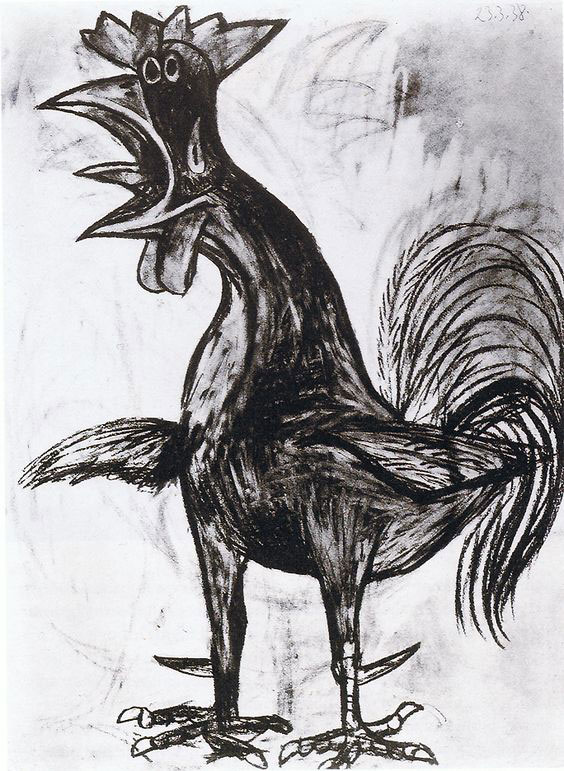
In other paintings by Picasso with the subject of roosters, he has shown his true genius by using a minimalist approach through various media and one of the most outstanding animal works to recognize one of the best paintings "Rooster" that he finished in 1938.
During these years, which coincided with the Neoclassical and Surrealism eras, Picasso introduced unique colorful images of a rooster into his work. Pablo, who used a simplistic (primitive) style in creating his masterpieces, presents a rooster that examines the movements and distortions of the bird's face.
The unique nature of this image is a distinction of Cubism as well as Expressionism that he had not previously highlighted in any other animal painting. The rooster's frame is drawn in a line, not the single-line style used by Picasso in other animal portraits. From this point, he uses cubism to highlight different patterns that add depth to the image.
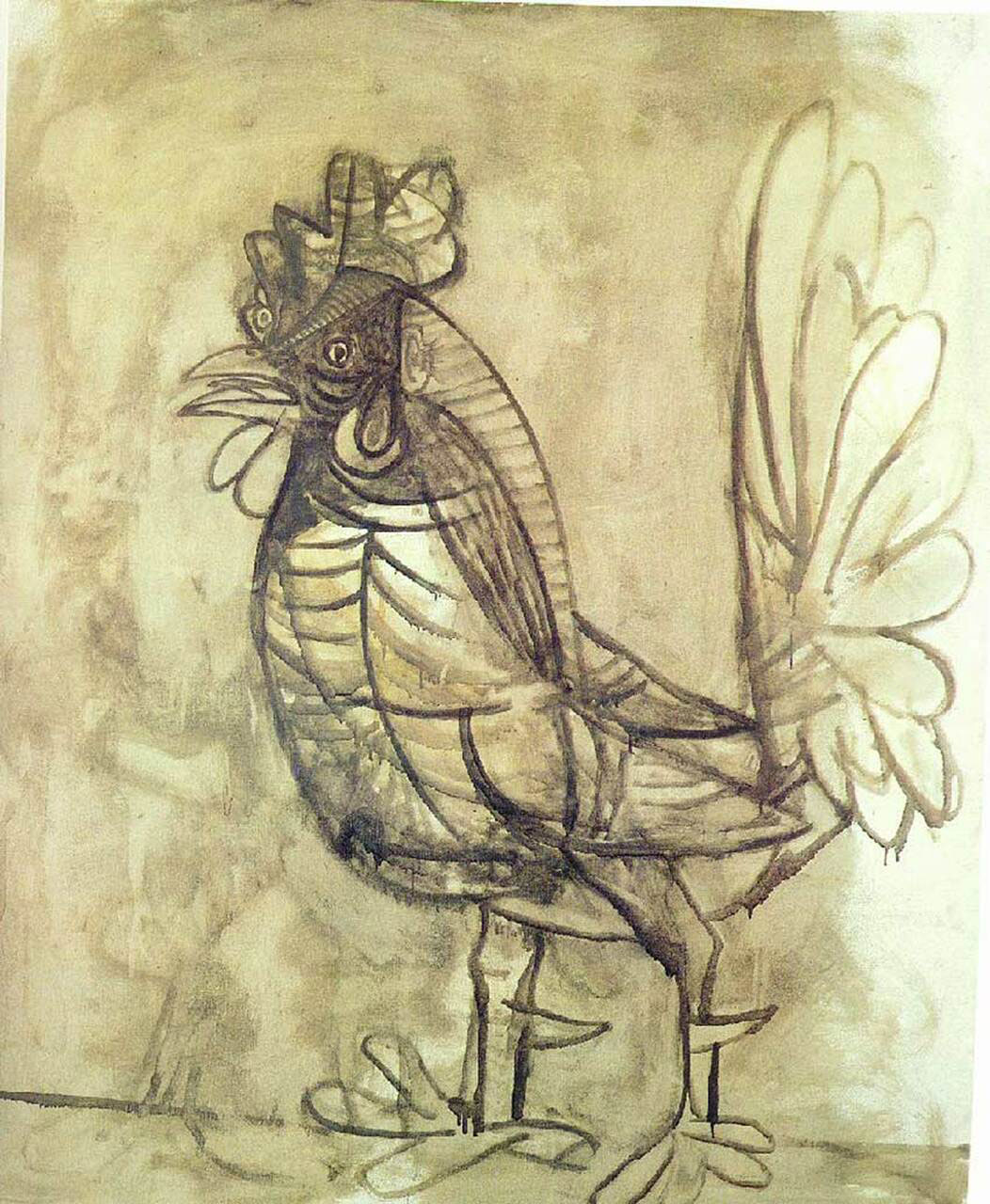
This is more visible in the cock's head. From this point, Picasso introduces expressionism using monochromatic shadows but in a colorful way. The fact is that there is some realism in the painting, the red and brown shades are realistic, however, the blue and green shades are more parrot than rooster.
This then brings a unique perspective of this particular painting. When asked about this particular painting, Picasso said, "There have always been roosters, But like everything else in life we have to discover them - roosters have been seen all the time, but never as well as what is seen in the vanes of the National Weather Service."
